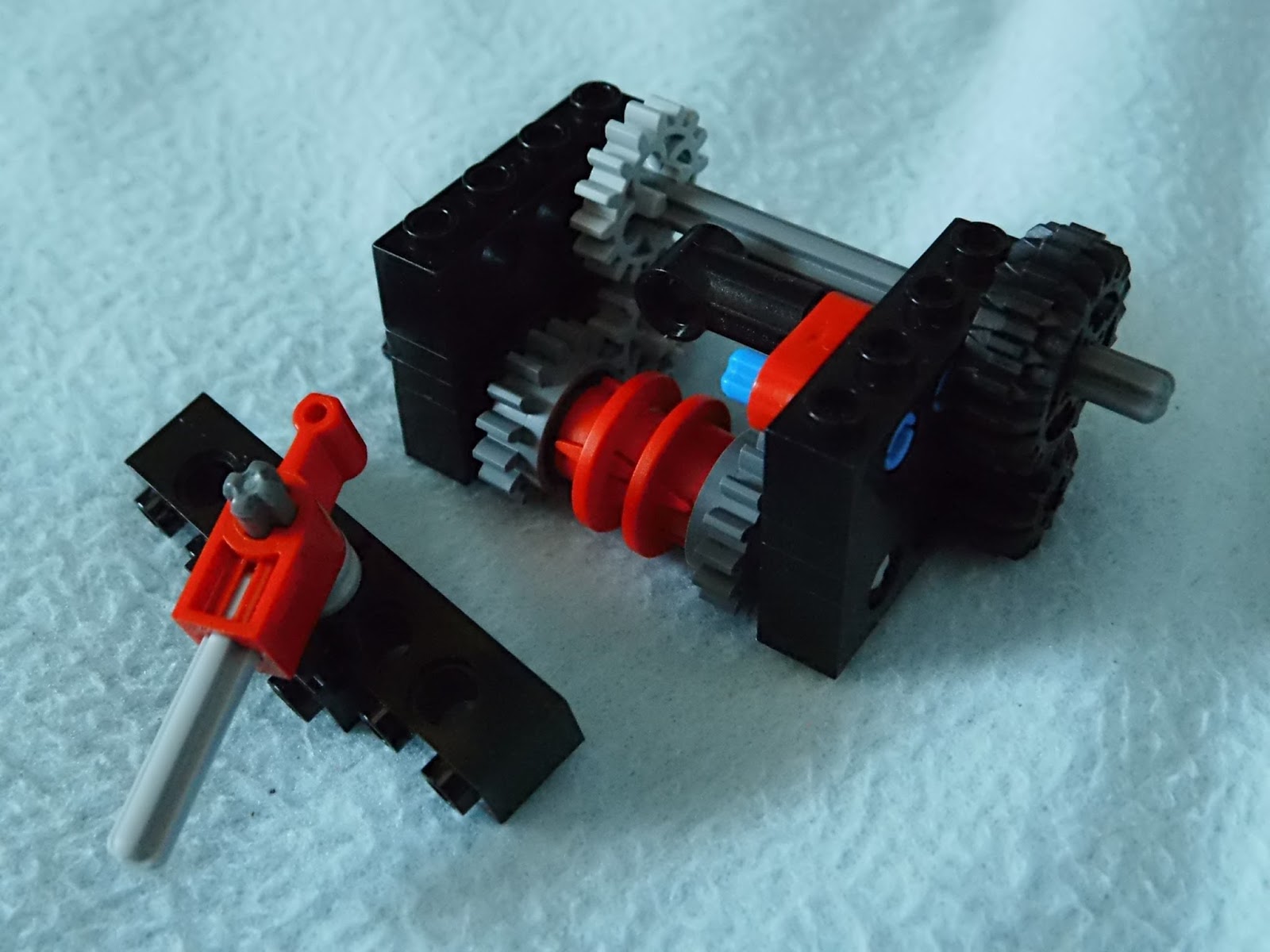gman1971
10 kW
- Joined
- Oct 17, 2015
- Messages
- 976
Chalo said:I worked on an oddball old road bike the other day that had problems with the chain falling into the gap between front rings. Even after installing the narrowest possible spacers and truing up the rings, there was still enough space to cause trouble. So after assessing the six-speed freewheel and the derailleur for show stoppers, I put a 1/8" BMX chain on it. It worked surprisingly well. The only ill side effect was the increased need for front derailleur trimming to eliminate rub.
I can't say that it would be a good idea for 7-speed or more, though.
Maybe there is a way to retrofit the Shadow Plus derailleur with thicker sprockets and use it for a 5 or 6 speed with a thicker chain... would be interesting...


